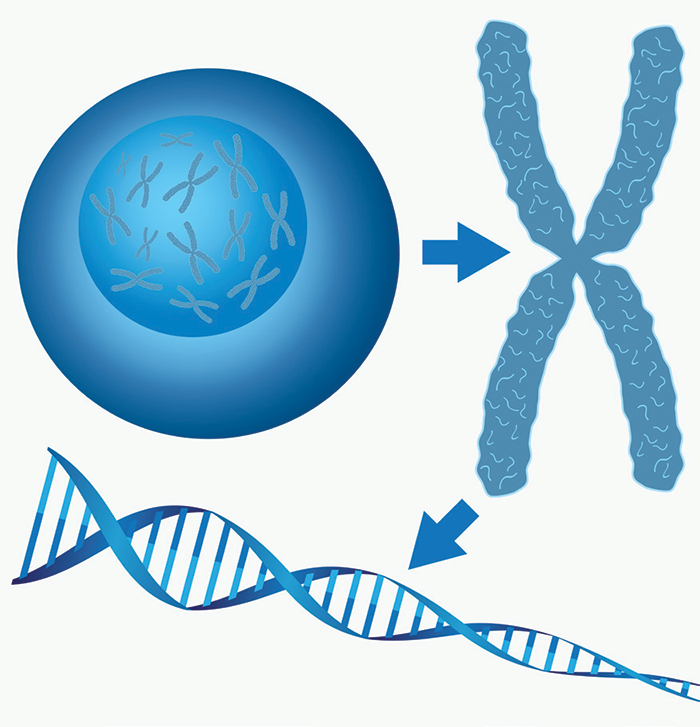Why Models Are Important in Cancer Research
What do scientists mean when they refer to “cancer models”? Models can take many forms in cancer research, from single cells in a petri dish to large animals developing cancer similar to people, but all are designed to copy key features found in human cancer. They help scientists learn about how cancer forms and test ideas about curing cancer that would be too hard, or take too long, in people. Cancer models are important tools for developing and testing potential treatments. Before a drug ever reaches the clinic, it has been tested and shown promise in many different cancer models.
One of the research goals of the MyPART Network is to develop models of rare tumors. One of the challenges of rare tumor research is the lack of available tumor tissue to study. The lack of tumor tissue can make it difficult to create models to study rare tumors. MyPART scientists use cancer tissue when patients have surgery at the NIH Clinical Center to make cancer cell lines grown in petri dishes; “organoid” models, which are groups of cancer and supporting cells grown together in dishes; and “patient-derived xenograft” (PDX) models, where human cancer cells grow in a special mouse that lacks an immune system but feeds the tumor with its own blood system. Not all rare tumors will grow into a cell culture or organoid or PDX, and often scientists need to try to grow many tumors before they find one that can be used as a model.
Another way MyPART scientists develop rare tumor models is to find out what mutations are common in tumors and use these mutations to try to get normal cells or animals to form the same kind of tumor. Through many years of studying the rare stomach and intestine tumors from pediatric and “wild-type” Gastrointestinal Stromal Tumor (GIST) patients at an NIH Clinical Center rare tumor clinic, scientists learned that genes for SDH are often mutated. Dr. Ardori is a MyPART scientist currently working to develop a mouse model of SDH-deficient Gastrointestinal Stromal Tumor (GIST). Dr. Ardori explains, “Mouse models can be a powerful tool for studying many aspects of tumors and for developing new cancer therapies.” He has used genetic “scissors” called CRIPSR to cut and paste mouse DNA so the mouse gets the same mutation that is found in SDH-deficient GIST. The CRISPR scissors have revolutionized how fast scientists can make new models based on mutations found in cancer and this year the Nobel prize in Chemistry was given to Emmanuelle Charpentier and Jennifer Doudna, who discovered it!
Models of human cancer can be created using a variety of different laboratory methods, but they all start with patients who are willing to participate in research. Without these patients, scientists would not have the surgical samples to try to make new cell, organoid, or PDX models. Without patients willing to have DNA and RNA from their tumor sequenced, scientists would not know which genes to try mutating in mice (or flies, or fish, or rats, or pigs!) to form tumors in animal models. Cancer models can take time to develop but are crucial to eventually developing the best treatments for cancer. MyPART is always grateful to the rare tumor patients who participate in our studies, potentially benefitting future generations of rare tumor patients. For more info and specific info visit www.cancer.gov.

